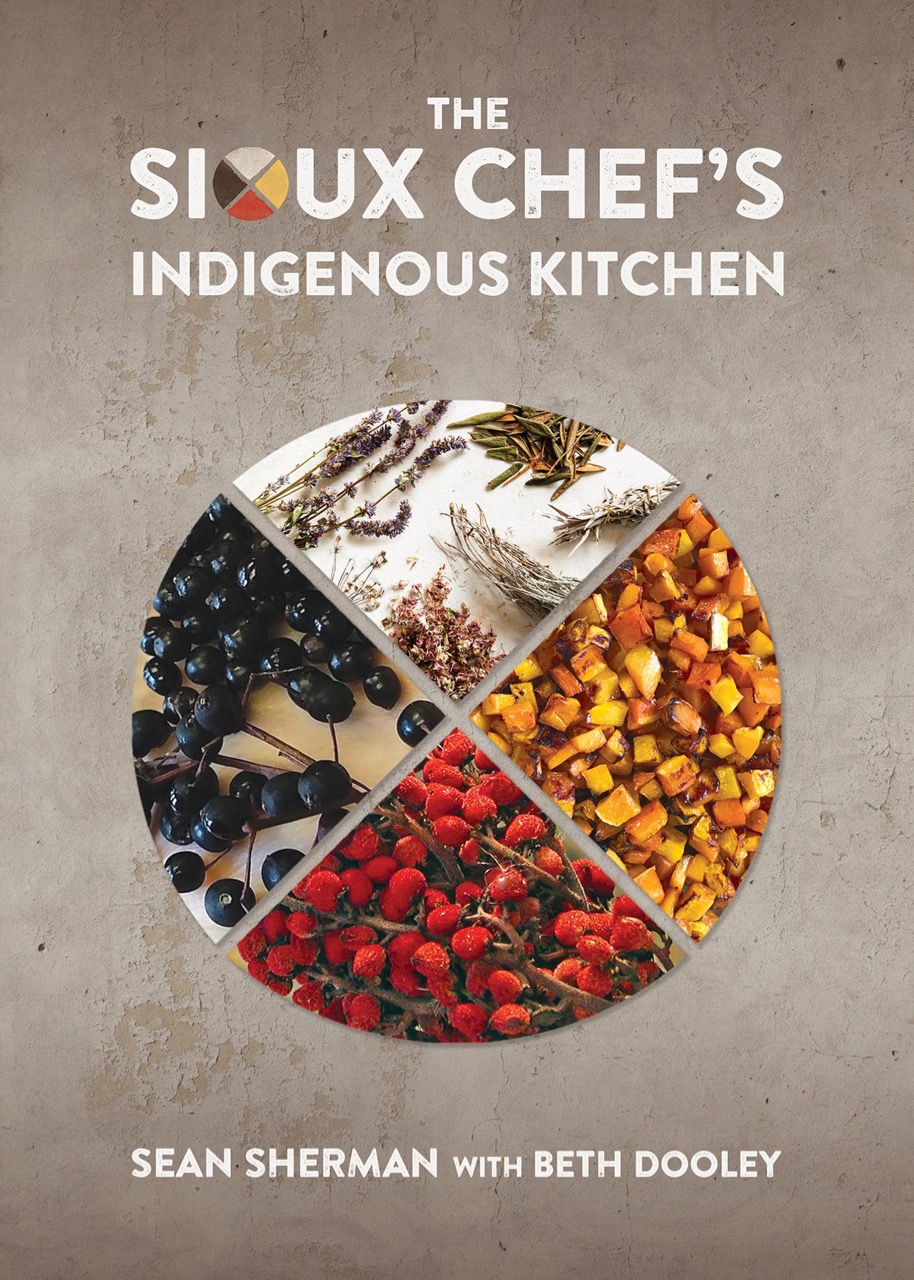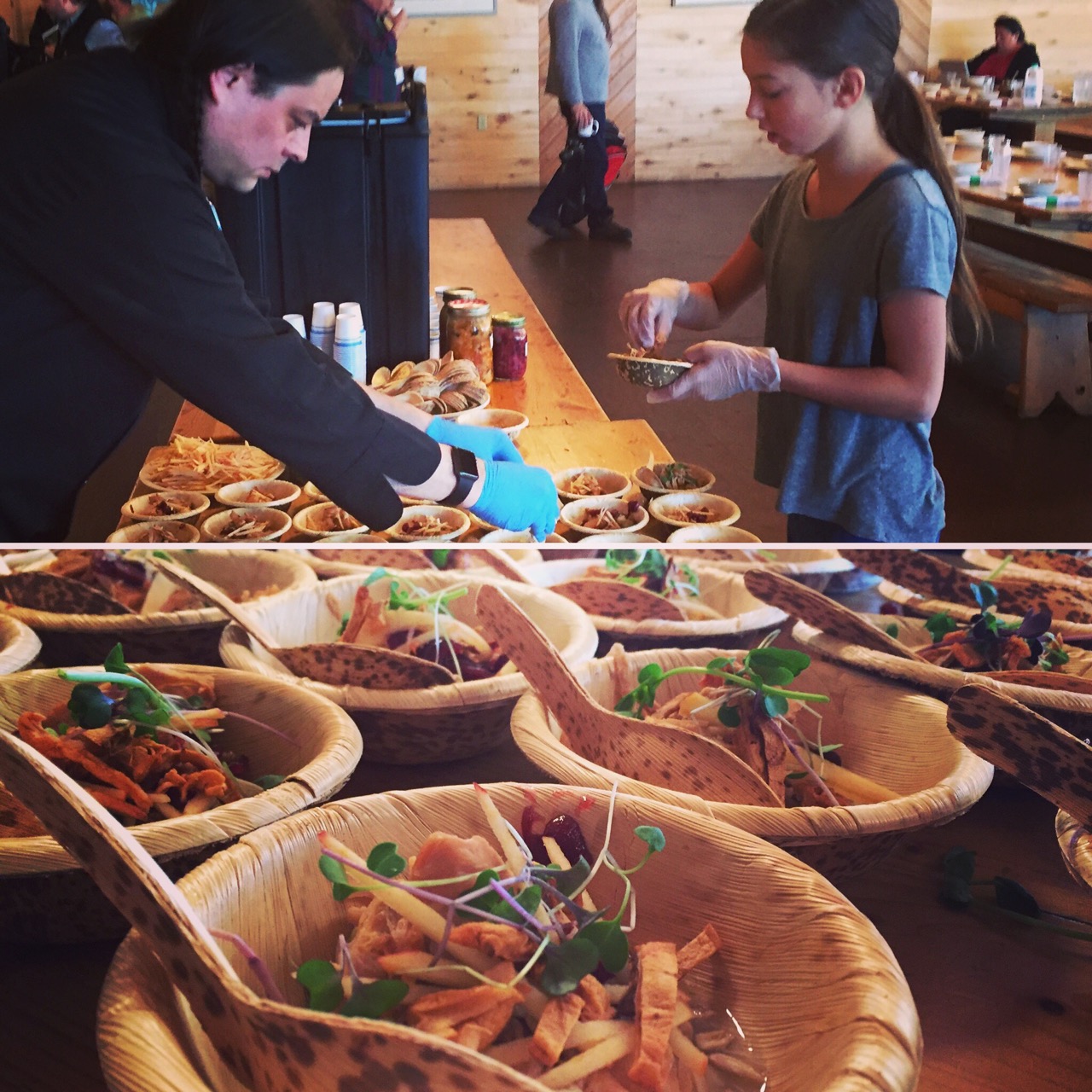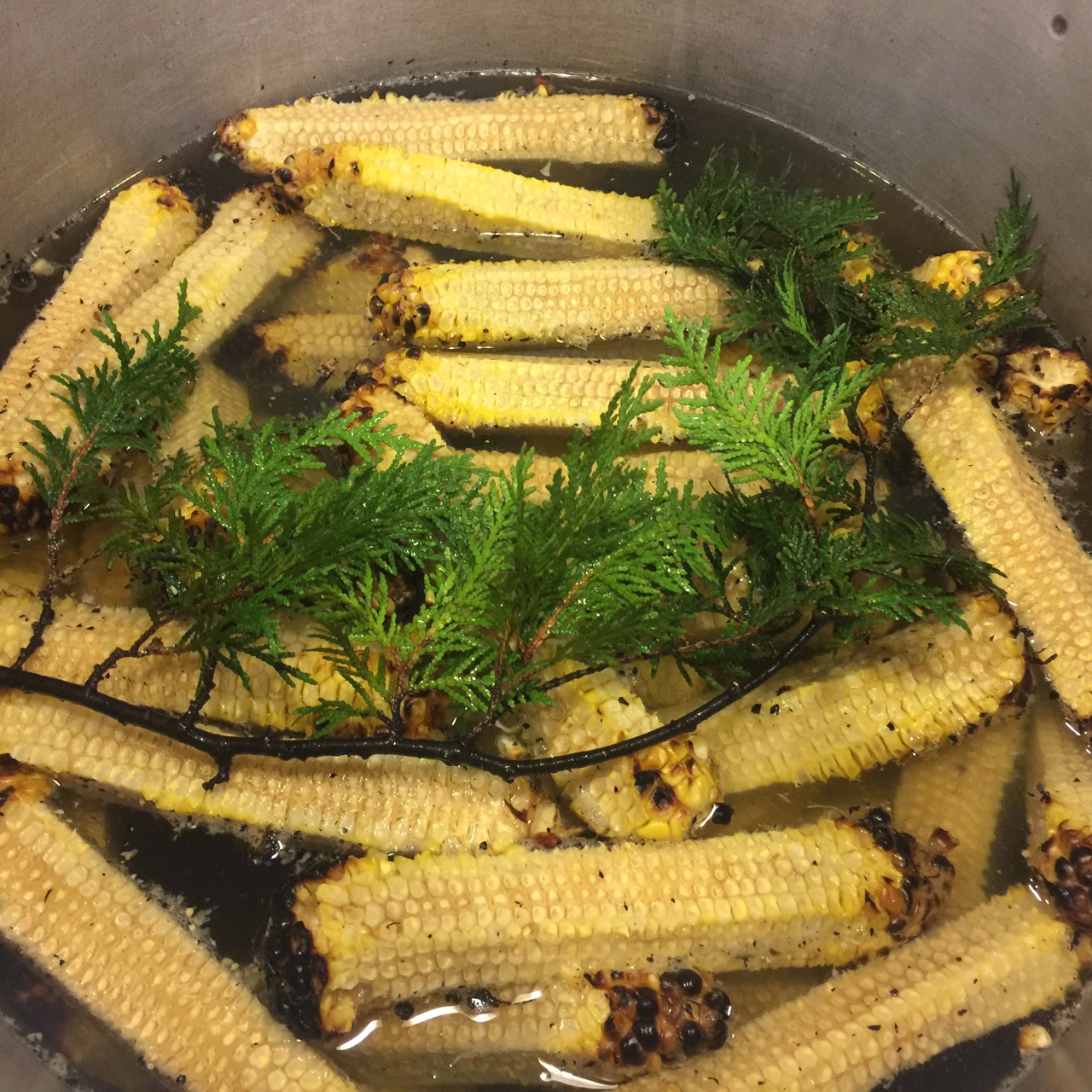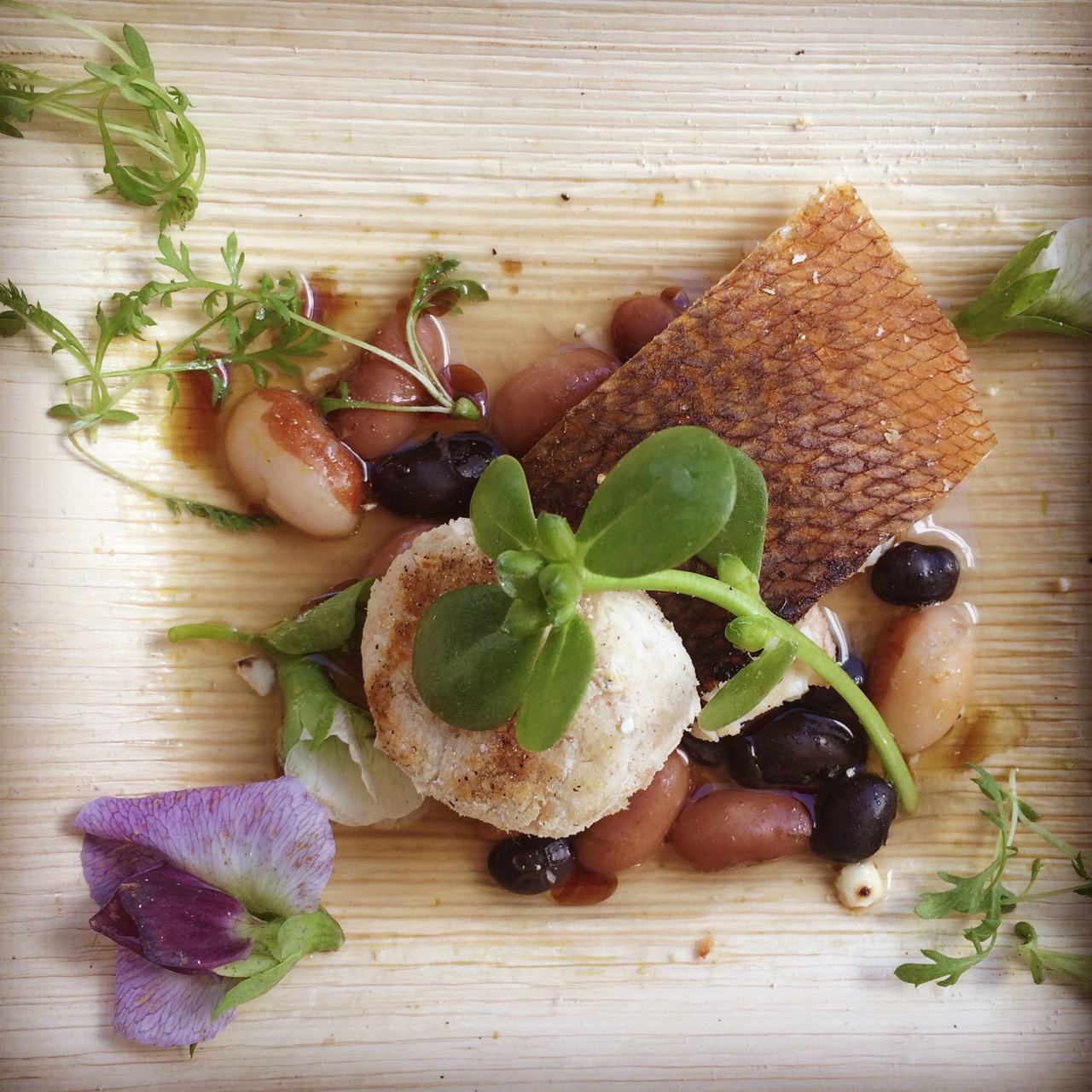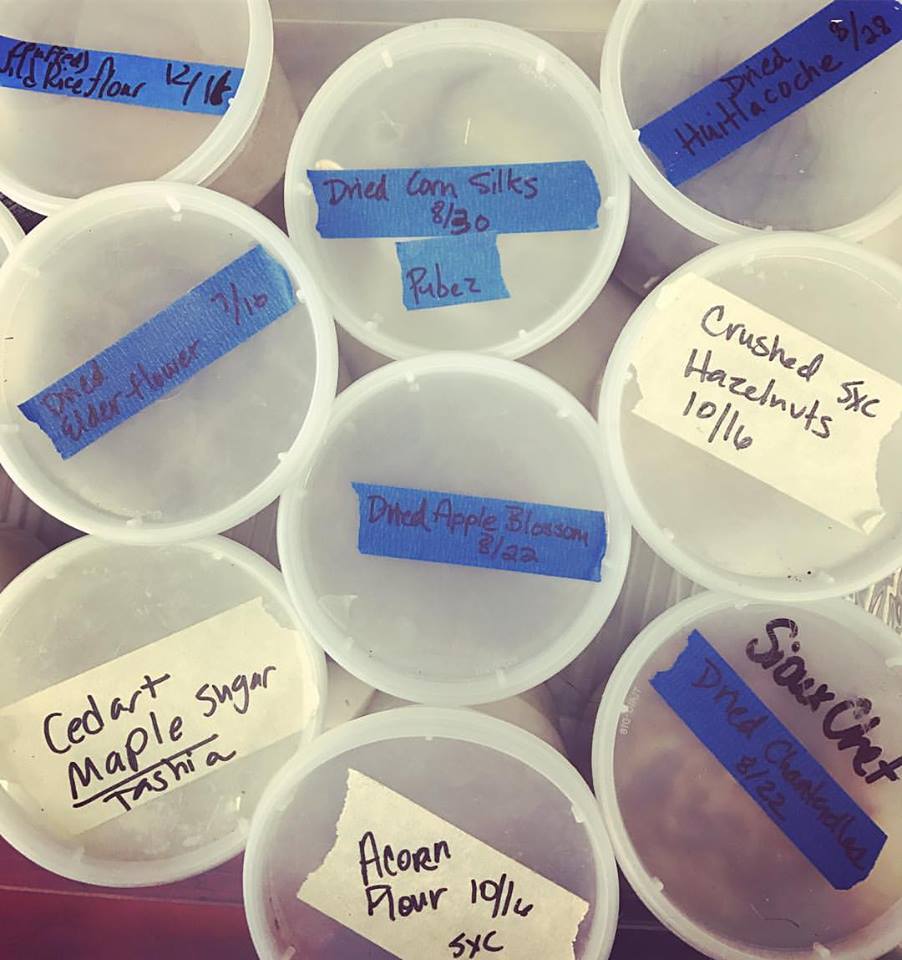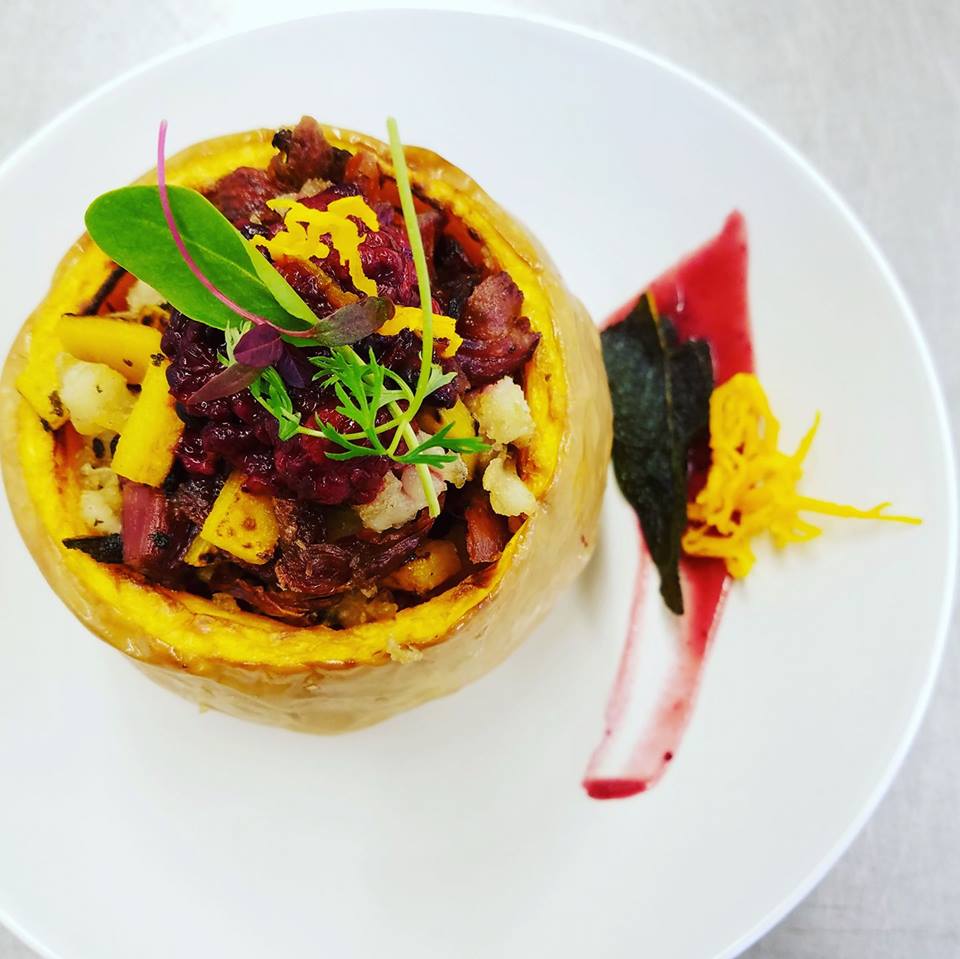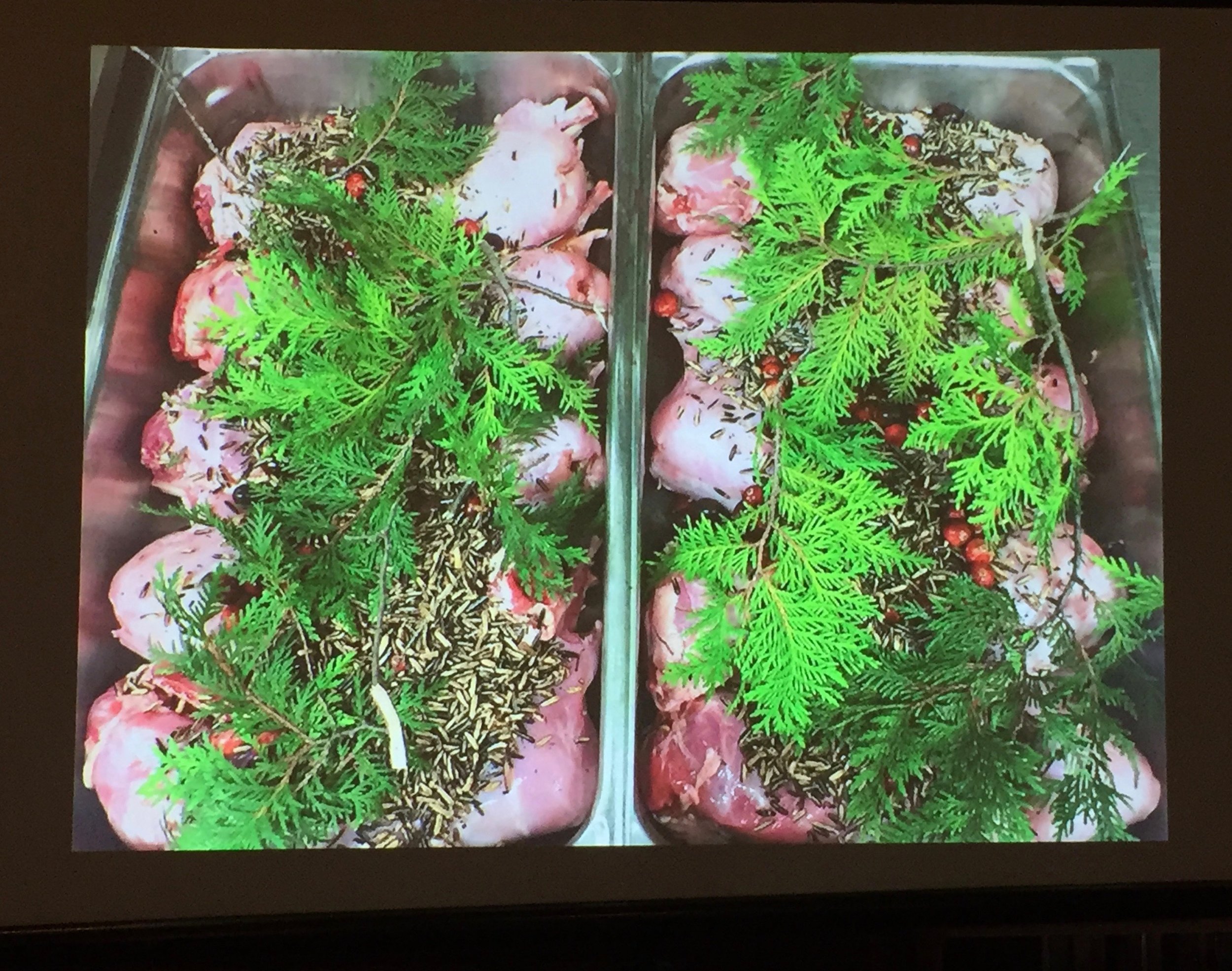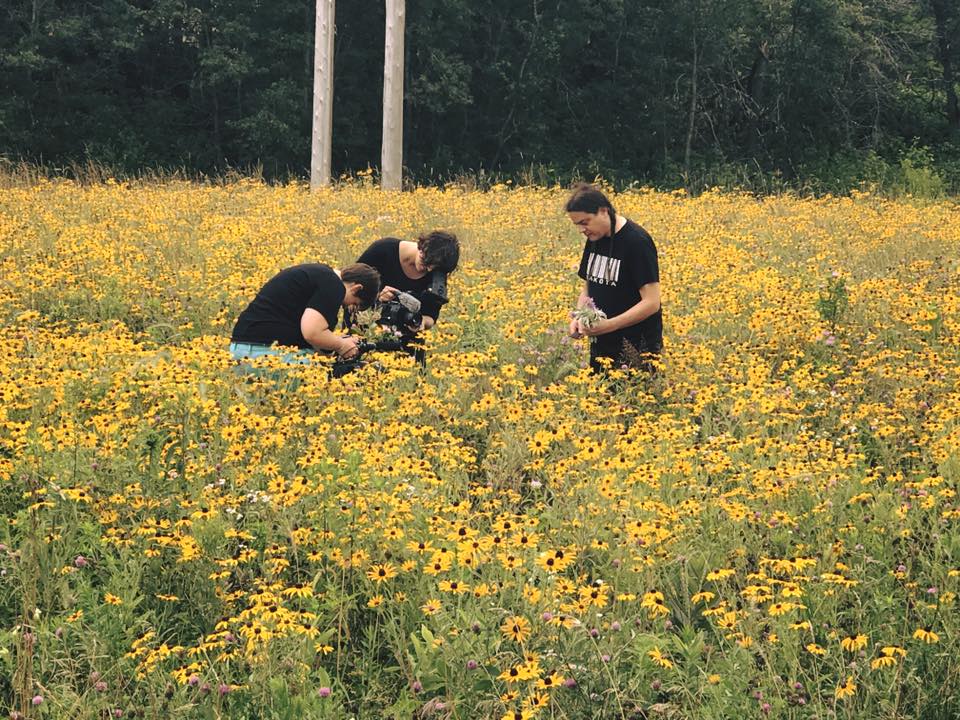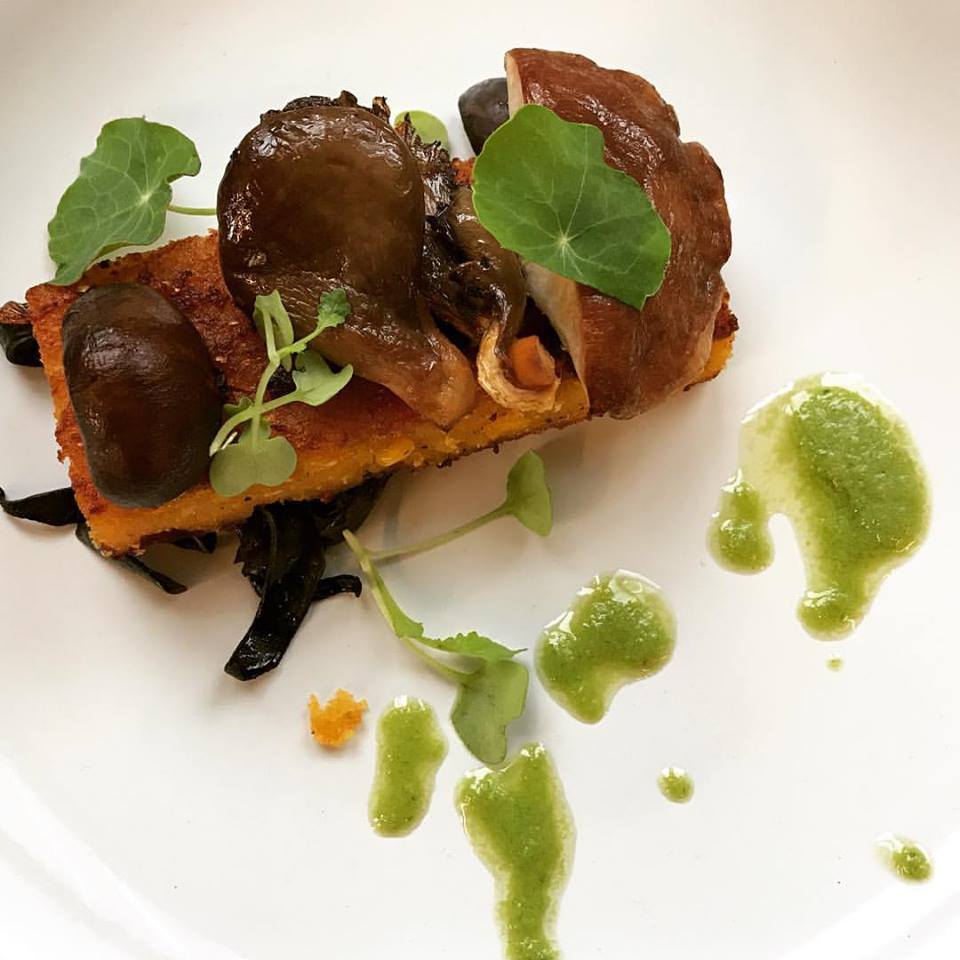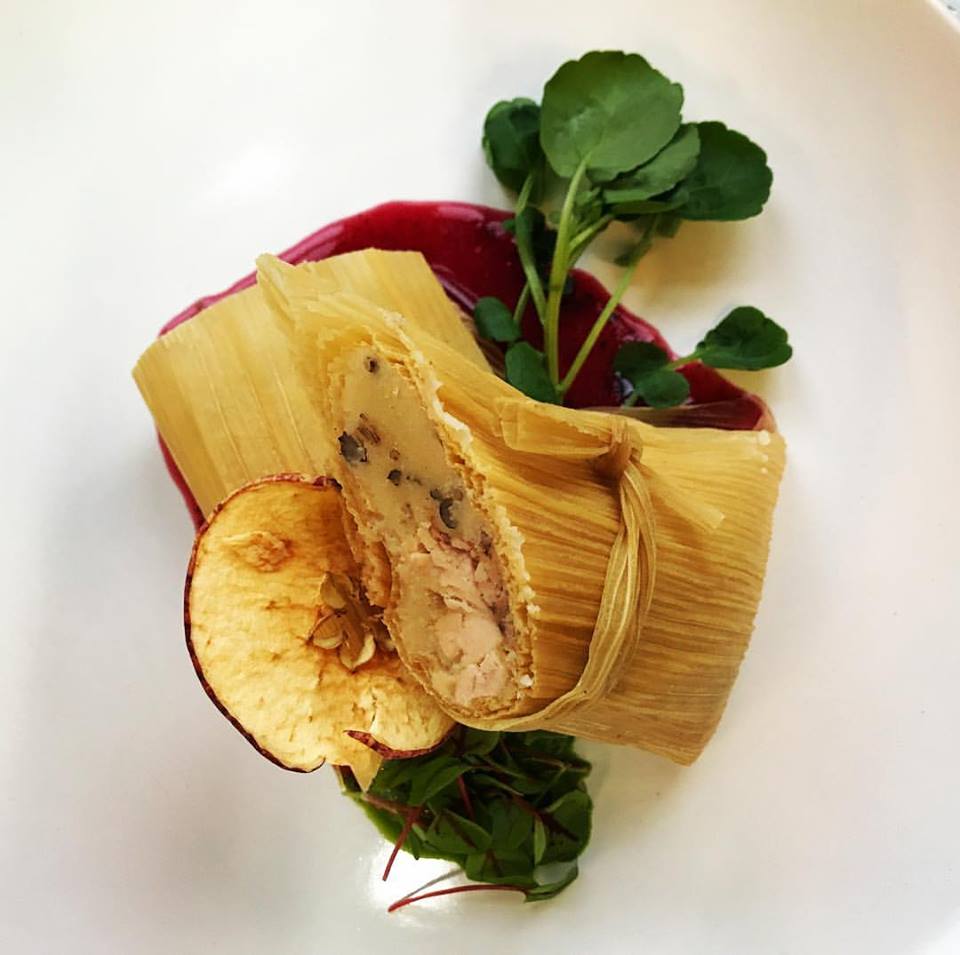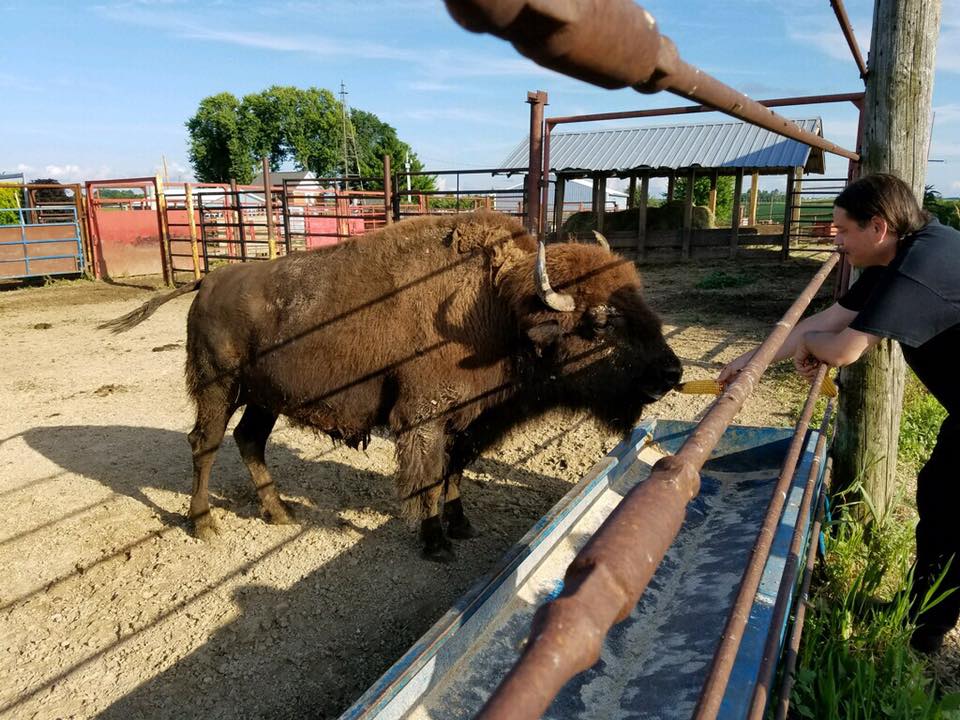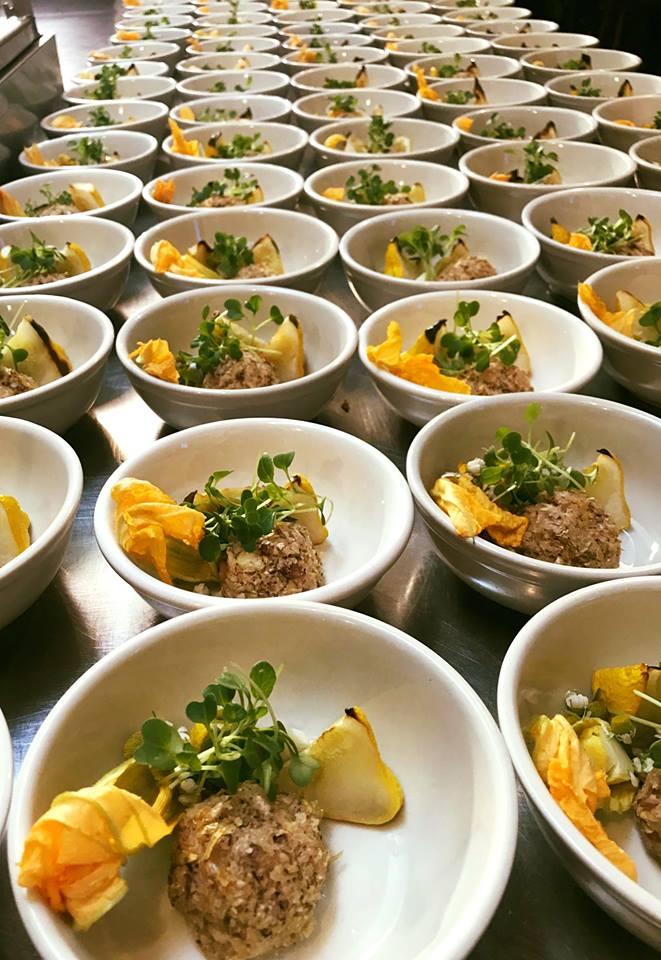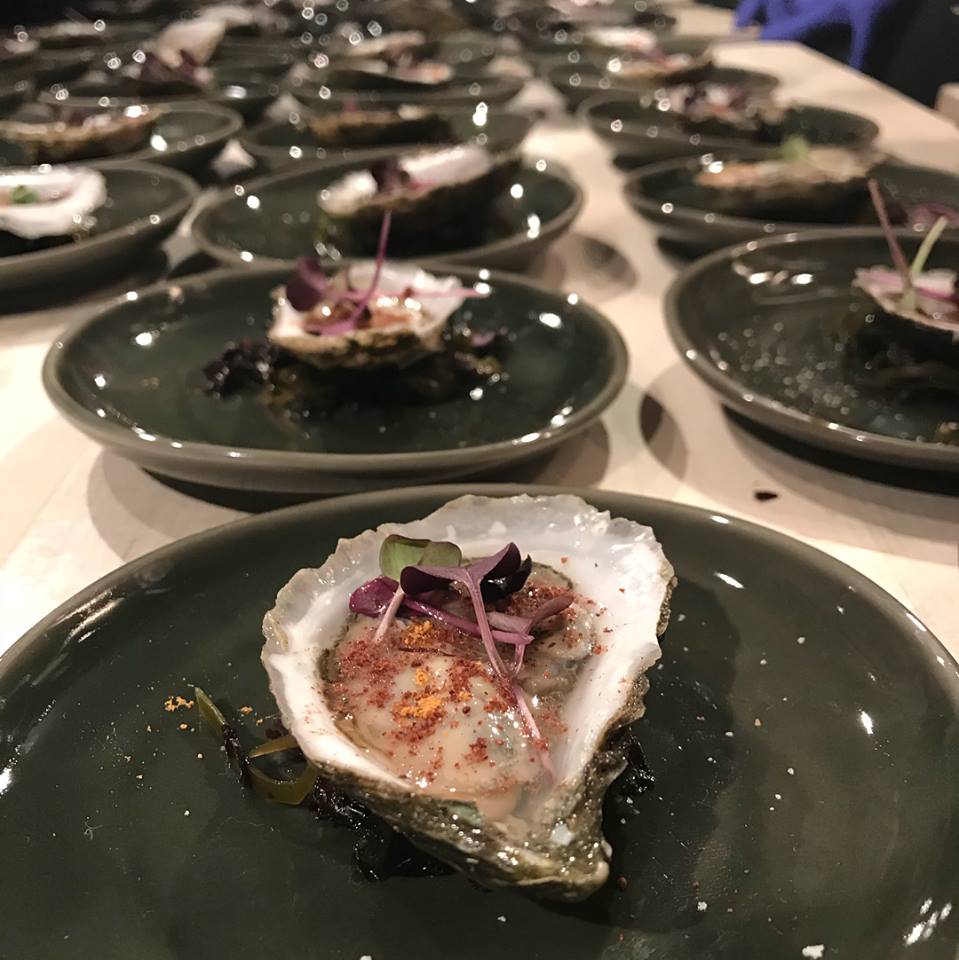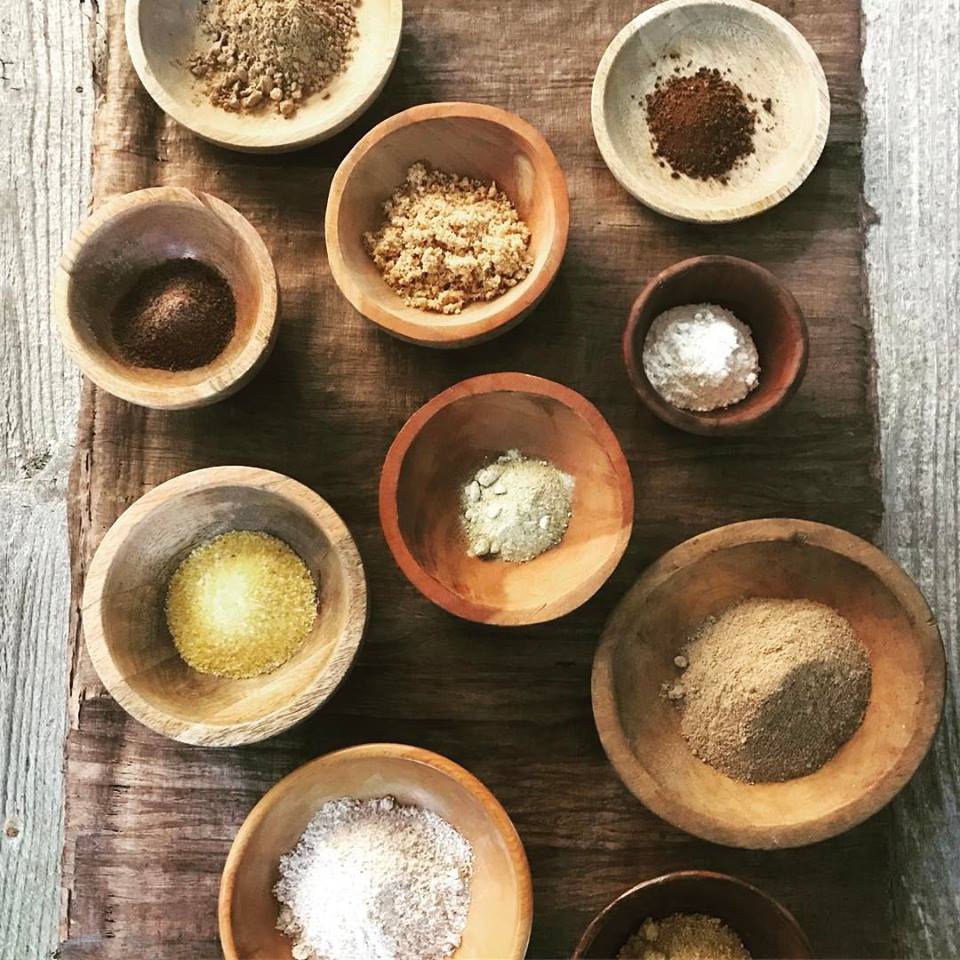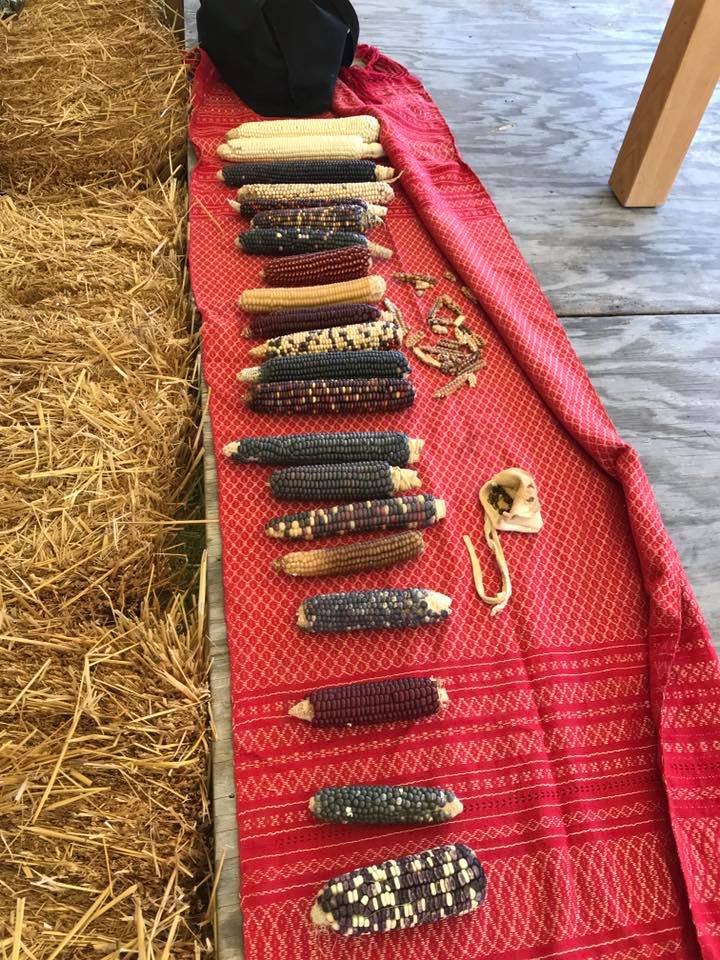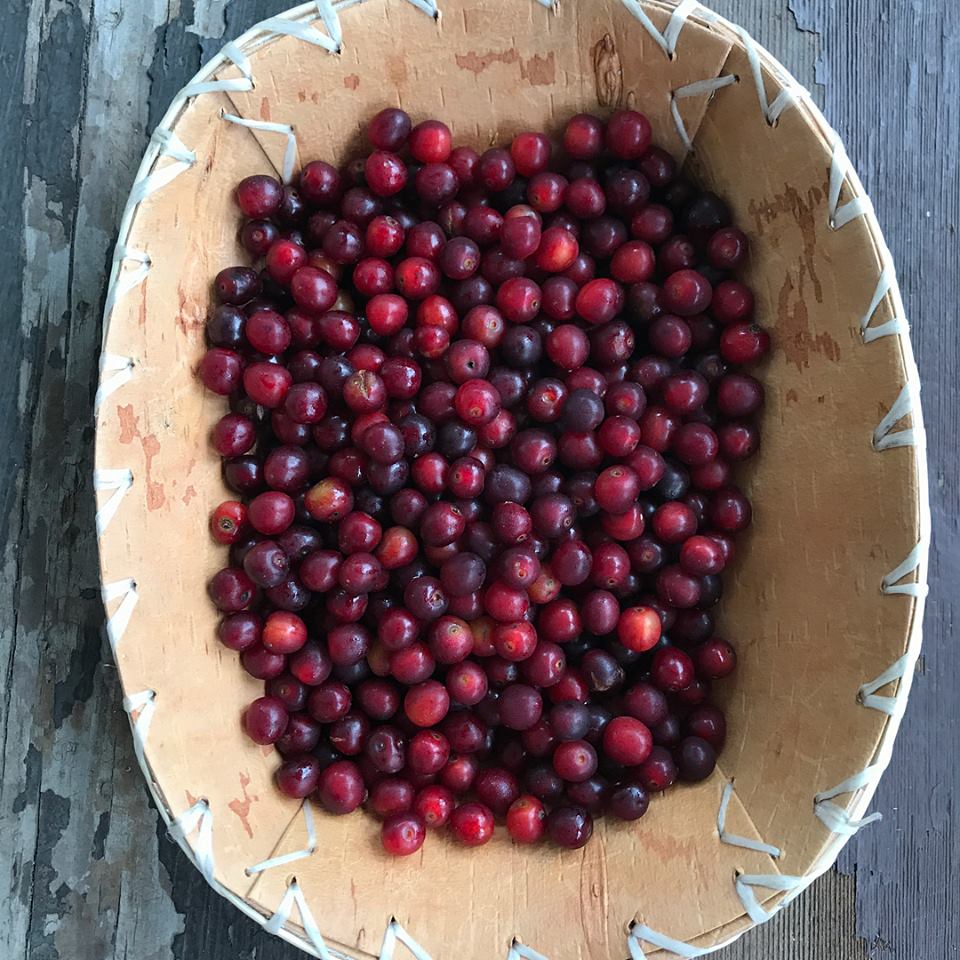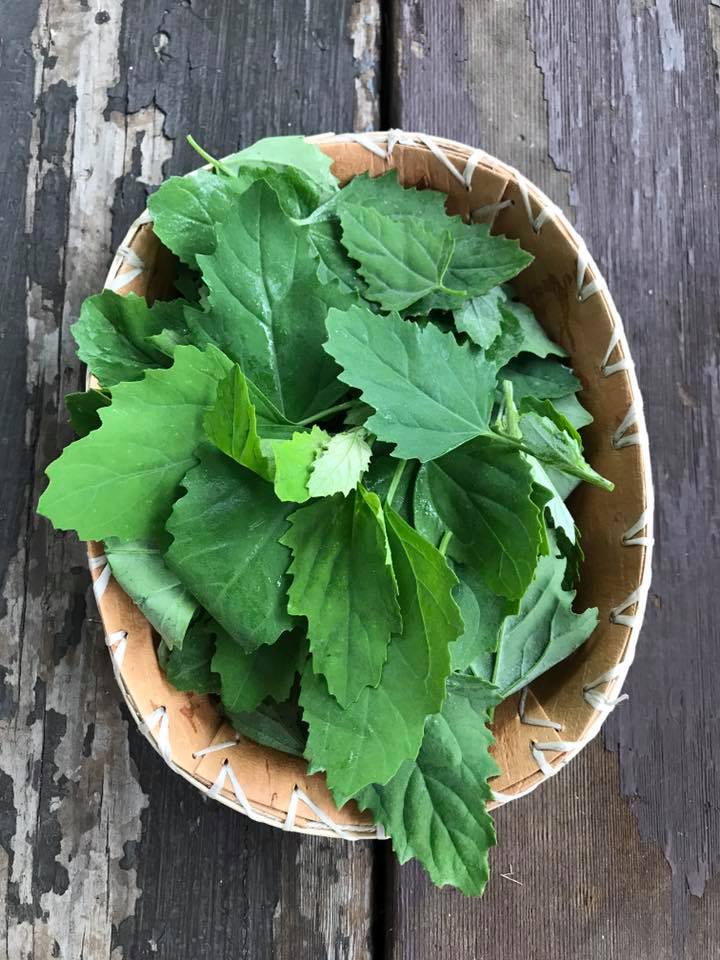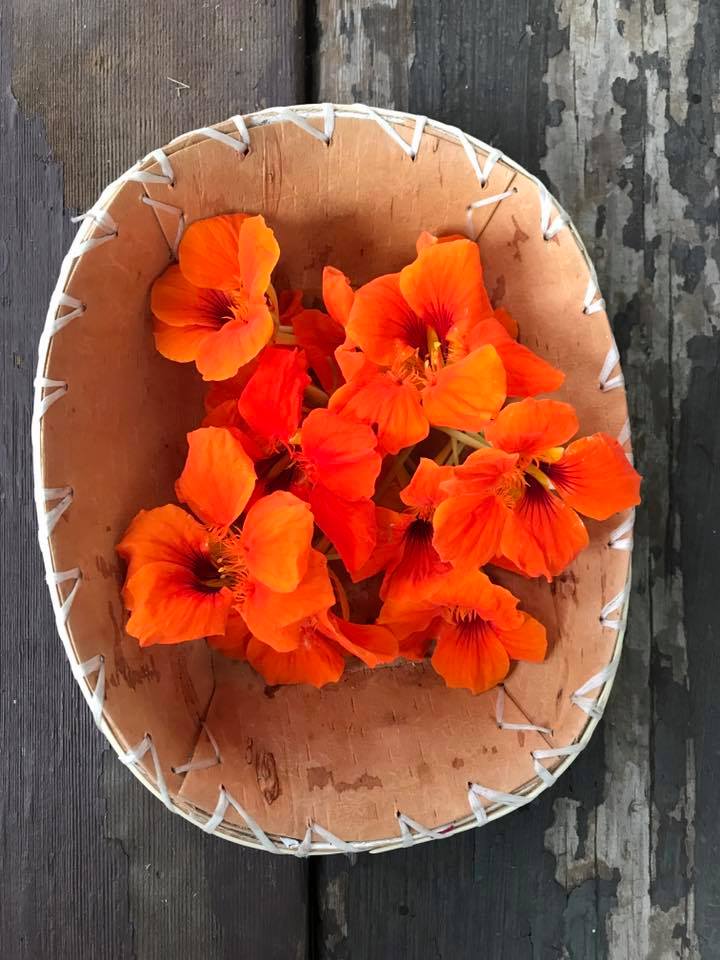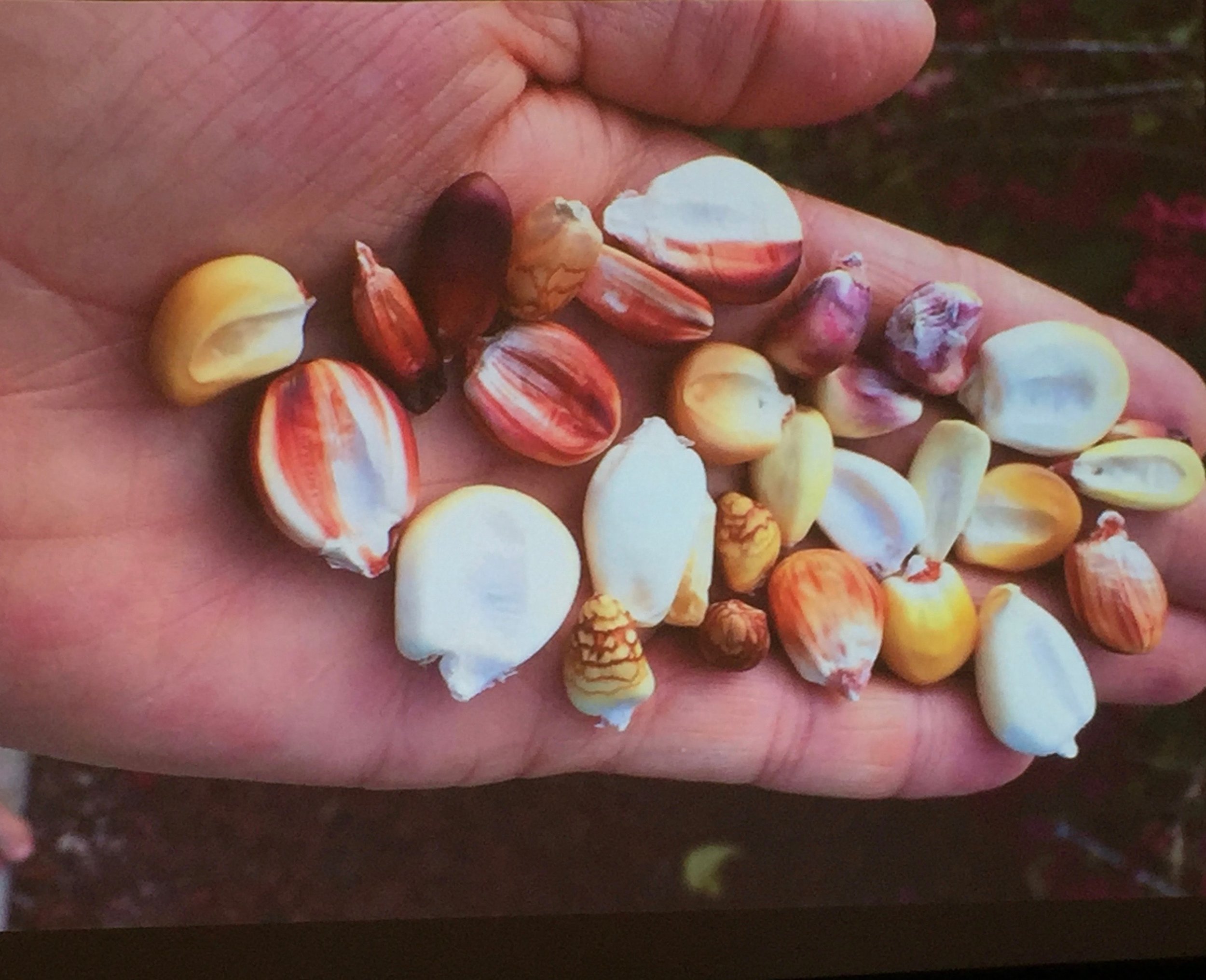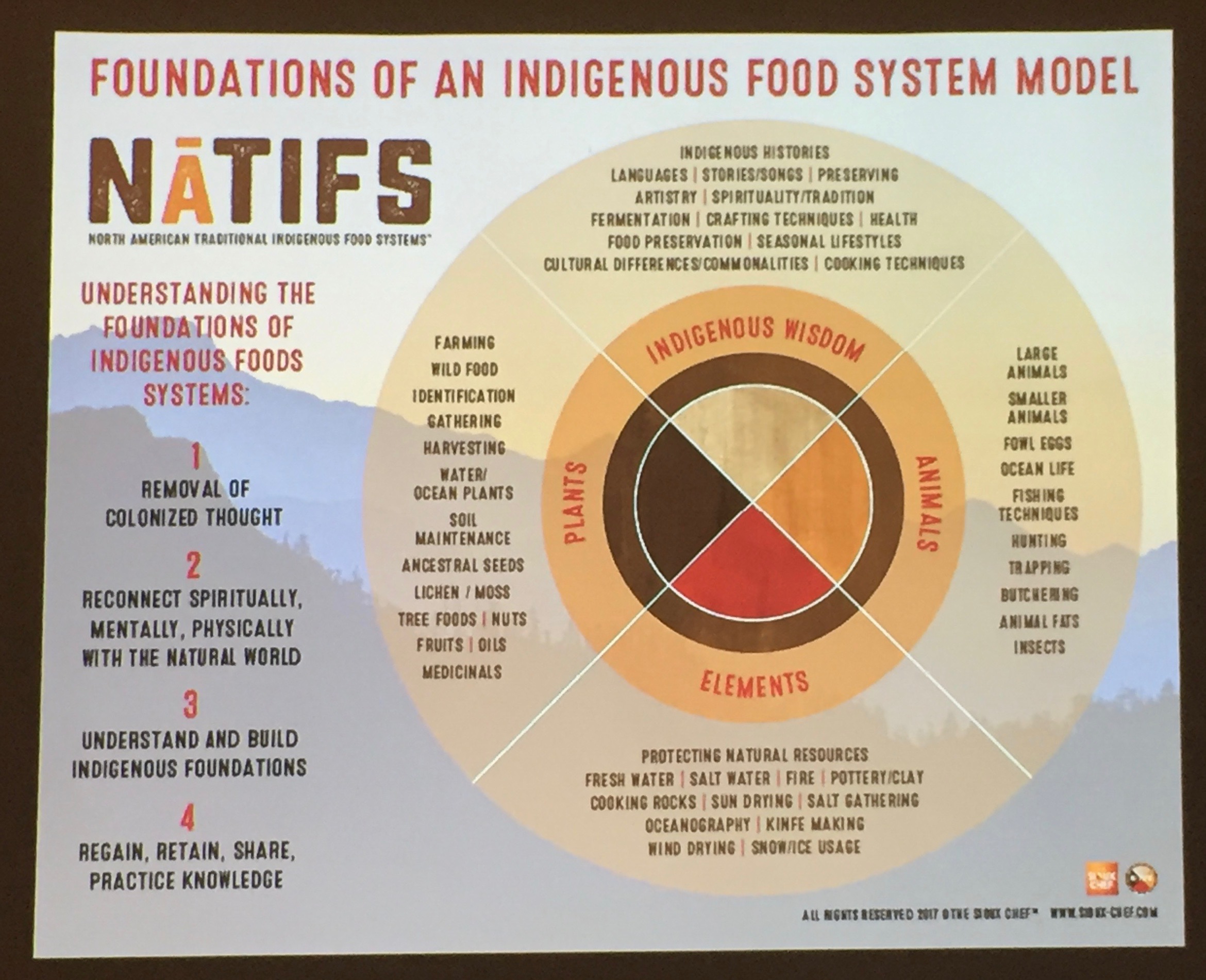Reviving the Original American Cuisine w/ Sean Sherman of The Sioux Chef
Photo credit: Heidi Ehalt
Sean Sherman is a Oglala Lakota chef, based out of Minneapolis MN. He has 27 years of cooking experience and is focused on revitalizing pre-colonial indigenous foods in a modern context. Sherman and his team cook completely outside of the modern American food sourcing system. They forage wild plants such as wood sorrel, cypress and choke cherry (wojapi), they buy meat and produce from indigenous regional growers, and invent new ingredients, techniques and flavors regularly. Sherman’s food is delicious, his plating is beautiful, his knowledge is beyond that of any other American chef. His company is called The Sioux Chef, and he just released a cookbook, is launching a new restaurant and starting a regional indigenous food hub through his new organization called NATIFS. Sean Sherman is a striking human, kind, smart, and wonderful to witness.
This episode of The Table Underground is co-hosted with the Chewing the Fat series of the Yale Sustainable Food Program. Yale graduate student Noah Schlager, also a member of the Native American Cultural Center co-hosted this interview. We were all honored to speak with and learn from this exceptional chef who is working to heal some of the destruction caused by colonialism by re-identifying what North American cuisine is and rebuilding the indigenous food system to support it.
Photo credits: The Sioux Chef
When you start to dig in to the beauty and complexity of what Sean Sherman is doing in his work to re-identify what North American Cuisine is, you start to see a depth and potential for cultural transformation that has immense possibility. Most American conversations about local food systems center around farmers' markets, small scale family farms, getting local food into food apartheid areas, or into distribution systems beyond the hand to hand commerce. Rarely if ever do these conversations address the true history, rights and needs of the original people who lived on and harvested the land across the united states and, rarely if ever do these conversations look at sustainably harvesting wild grown foods right outside our kitchens and businesses.
The video below shows the transformation of America from 1776 when Indigenous Peoples lived sustainably across the land, through 1887, only 111 years later when European colonists had seized 1.5 billion acres of land and disseminated the lives, food and ecosystems of Native Americans across the country.
This week I was blessed to spend a number of hours over two days with Sean Sherman and his partner Dana Thompson during their visit to New Haven, CT on their east coast book tour. I have followed their work for a good part of 2 years and interviewed one of their chefs, Brian Yazzie last year when he returned from Standing Rock, delivering a huge food donation gathered by The Sioux Chef co. and fighting the Dakota Access Pipeline. While I have scoured The Sioux Chef website for info, read many articles, and watched a number of the fabulous youtube videos on them, nothing compares to witnessing Sean tell his story face to face. For one hour I sat in the front row of a packed room and listened to him recall his long journey and the heritage and history that have informed it all.
One powerful statement he made through his presentation was to demonstrate how indigenous peoples have lived in sustainable harmony with the land, feeding their communities and sustaining the ecosystems around them at the same time. It is only in the last few hundred years that European colonial food systems have created the destruction of sustainable agriculture and diets that destroy health rather than nurture it. "We cannot dismiss thousands of years of indigenous balance with food and land because of the destruction in a few hundred years of colonial rule." These days most of us eat the same 10 or 20 types of produce, and that's if we are lucky enough to have access to that much fresh food. One of the main teachings of The Sioux Chef is that just focusing on getting your broccoli, eggs and apples from a local grower rather than a big box store will not actually transform the colonial food system we now live in. Once upon a time people ate a massive diversity of foods foraged from every inch of land around them, changing with the seasons and regions.
Photo credits The Sioux Chef. From left to right: flours and powders made from seeds, nuts, mushrooms and grains, indigenous varieties of corn, display of heritage seeds including beans, wild rice, squash, tesointe (ancestor of modern corn), paw paw and more, choke cherries(wojapi), lambs quarter leaves, nasturtium flowers, wild tuber, wild rice, corn seed varieties.
Sean Sherman grew up on the Pine Ridge reservation in South Dakota, and started cooking in restaurants out of necessity at the age of 13. He learned to make sushi, Italian food, and cuisines across the global spectrum. After an especially grueling job of 120 hour weeks in his 20's he took off for Mexico to recuperate and think about what was next. During his stay he spent time with a community of indigenous peoples in there and started to notice the similarities in food, art, and culture of his own people. In this moment he realized that he had spent years cooking the foods of other cultures and it was time to dig into learning the food of his own people. This process and journey was not a simple one. There is no "Joy of Cooking of Lakota Food" as Sean often says. He has spent years researching and learning about native plants, seed varieties, ancient preservation techniques and figuring out how to meld this with the modern culinary world we now live in.
The team at The Sioux Chef are "Anishinaabe, Mdewakanton Dakota, Navajo, Northern Cheyenne, Oglala Lakota, Wahpeton-Sisseton Dakota and are ever growing. [They] are chefs, ethnobotanists, food preservationists, adventurers, foragers, caterers, event planners, artists, musicians, food truckers and food lovers." Through this work they are reviving and spreading knowledge about food and culture, and building an ever stronger community of native peoples and allies along the way.
The diagram above outlines the complexity of rebuilding an indigenous food system. Native Americans living on reservations were provided united states government commodity foods which are selected based on farm subsidies, not based on nutritional quality. Low quality cans of beans and vegetables, cereals, cheese and oils make up the bulk of these foods. Much like other US communities living in poverty, Native communities started to suffer severely from diet related illnesses like diabetes and heart disease. Over the years, foods like fry bread grew out of these limited staples, and became part of the modern native diet. Decades of government actions to intentionally destroy families, culture and language has taken a serious toll on native communities. As you can see from the NATIFS diagram above, the rebuilding of indigenous food systems addresses not only the foods, but also the mindset, knowledge and community needed to sustain this system.
Sean Sherman and The Sioux Chef are not the first native chefs to do this work, but they are gaining great visibility and laying out a plan to support the building of indigenous food hubs across the country. The hubs, developed through their new non-profit NATIFS will combine a restaurant, education facility and food business incubator supports to enable Native Peoples in other regions to be supported in building community and revitalizing the foods and food systems of their areas. The first hub is being built in Minneapolis and the others will grow on from there.
There are many ways to learn more about the work of Sean Sherman and his team at The Sioux Chef. Their newly released cookbook is gorgeous, and very informative, packed with tons of information about cooking with ingredients indigenous to the Plains area of the United States. You can also donate to support the work of NATIFS or connect with Native communities in your area to see what kinds of support they would like to have. I for one, am inspired to go even deeper into exploring the wild foods outside my door, teach my children to identify many more plants, and continue to follow and support the work of Sean Sherman and many other indigenous cooks as they use food to heal and revitalize life and community.
Sean Sherman and his team for their James Beard Foundation dinner in NYC, October 2017.
Sean Sherman signing the wall at the Yale recording studio.
Ep. 25 — The Table Underground — Nov 3, 2017



